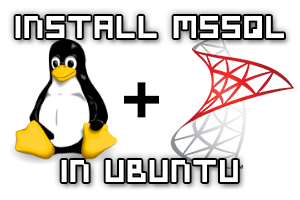
In December 2016 Microsoft made their SQL Server database available in Linux. Here we’ll cover how to install and perform basic setup of MSSQL in the Ubuntu distribution of Linux.

DNF, or Dandified Yum, which is the next major version of the Yum package manager was introduced with Fedora 18. As of Fedora 22, it has become the default package manager.
As you may know, the Fedora Linux operating system is essentially a bleeding edge testing ground for packages that may be included in RHEL/CentOS based distributions in the future.
It is therefore likely that in some future release, RHEL/CentOS will also make use of DNF rather than Yum to take advantage of the new features, so let’s take a look at what’s involved in installing and using DNF in CentOS Linux so that we can be ready for it when it’s made default.

The ‘ip’ command is used to print out various network information in Linux. It replaces the deprecated ‘ifconfig’ command, which is not even installed by default in CentOS 7.
The ip command is part of the iproute package, which is installed by default in most modern Linux distributions.
In the examples here you’ll see how to use the ip command to show network configuration such as link information, IP addresses and routing.

The GNU tape archive command, known as ‘tar’, is used to store many different files together into a single archive file. This makes it easy to perform backups and restores of files and directories in Unix/Linux based operating systems.
The practical examples in this guide will show you how to use the tar command in all sorts of different situations.